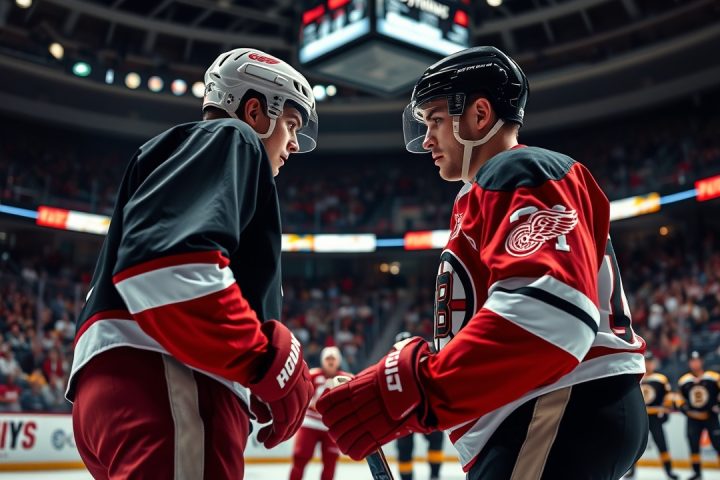NHL Offseason Contract Review
As the NHL offseason approaches, it’s time for a thorough review of the league’s contract landscape, evaluating how well each team is managing its salary cap. This analysis entails examining player contracts, predicting their future market value, and determining overall contract efficiency across the league.
Shifts in Contract Value
This year’s assessment comes on the heels of significant salary cap increases anticipated over the next few years, which have reshaped the perception of many existing contracts. The previous trend, where only half the teams were getting more value than expected from their player contracts, has shifted such that now nearly two-thirds find themselves in a favorable spending position on average.
The grading system used revamps traditional methods, focusing not only on current value but also on projected future worth based on a player’s age and performance trajectory in conjunction with salary cap growth.
Evaluating Future Potential
A crucial aspect of this analysis is understanding that the evaluations pertain specifically to the future potential of contracts rather than past performances. Contracts have been rated based on total surplus value, factoring in the likelihood of the deal proving advantageous over its duration, even while acknowledging that changes in both individual player performance and broader economic conditions can impact these assessments over time.
Notable Rankings and Teams
The ranking exercise has borne some unexpected results this year, notably seeing the Tampa Bay Lightning climb unexpectedly to the top.
Following last season’s 13th place standing, the team has benefited greatly from significant improvements in player performance, particularly the dynamic duo of Brandon Hagel and Anthony Cirelli. Hagel particularly surprised fans by scoring 90 points, while Cirelli’s growth has fortified the team’s offensive capabilities. Their contracts, now seeing a market adjustment of around $3 million each, have greatly enhanced Tampa Bay’s financial standing, illustrating effective long-term strategic planning.
Notably, with their combined contributions, the Lightning boast a remarkable value proposition for their core forward players which positions them well for continued success.
Future Success and Strategic Planning
Another noteworthy contender on the efficiency scale is the Carolina Hurricanes, which, unlike the Florida Panthers, are poised for future success due to a core built around young talents like Seth Jarvis, Jackson Blake, and Sebastian Aho, all locked into long-term deals. This strategic foresight enables the Hurricanes to maximize potential upside as they age into their prime years, unlike the Panthers, whose core may face decline sooner due to the advancing age of its players.
General Manager Eric Tulsky has remarked that aggregating risk across multiple player contracts provides a more robust team outlook and gives a greater chance for positive outcomes over time.
Other Teams and Challenges
Other teams with commendable cap sheets include the Colorado Avalanche, whose player valuations remain outstanding due to deals like Nathan MacKinnon’s $12.6 million contract and Cale Makar’s $9 million valuation. The financial agility of these contracts underlines the need for swift action, reflecting the Avalanche’s opportunity to capitalize on their roster before impending deadlines.
In contrast, teams like the Edmonton Oilers showcase a competitive roster but struggle with lingering contracts that hinder overall attractiveness. Notably, deals such as Darnell Nurse and Trent Frederic’s have negative implications for their overall cap efficiency, impacting the team’s capacity to maximize surplus value as they move forward.
Teams such as the Buffalo Sabres and New Jersey Devils also present promising futures, given the value tied up in young core players and useful free-agent signings. Comparatively, the San Jose Sharks are left grappling with a contract situation that does not bode well, especially with a significant amount allocated to underperforming players.
Conclusion
As the dust settles post-assessment, it’s evident that a comprehensive grasp of player contracts will be critical for teams aiming to enhance their standings in the upcoming seasons. The 2025 rankings provide insights into which franchises are poised not just for immediate success, but long-term sustainability as they navigate the complexities of the NHL salary cap.




